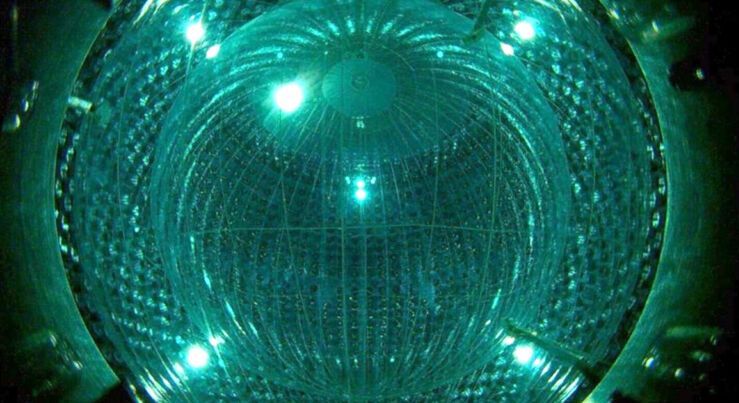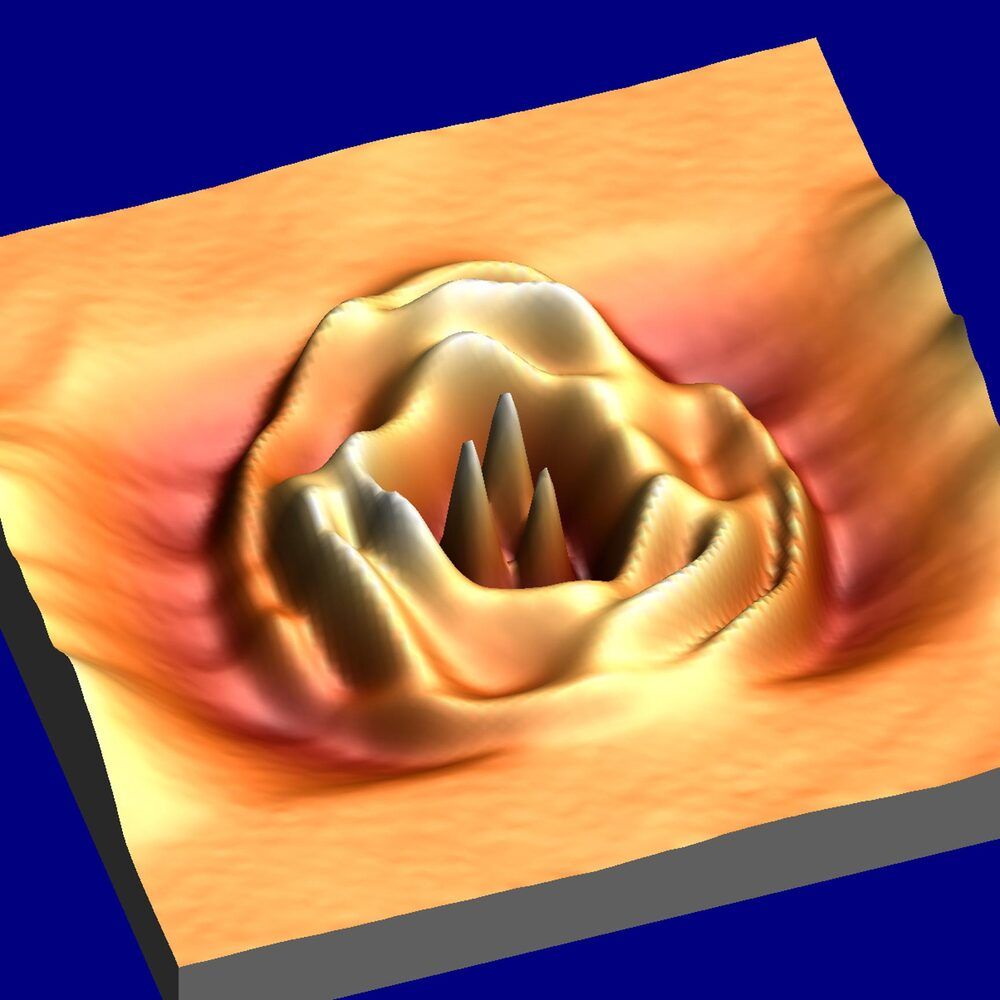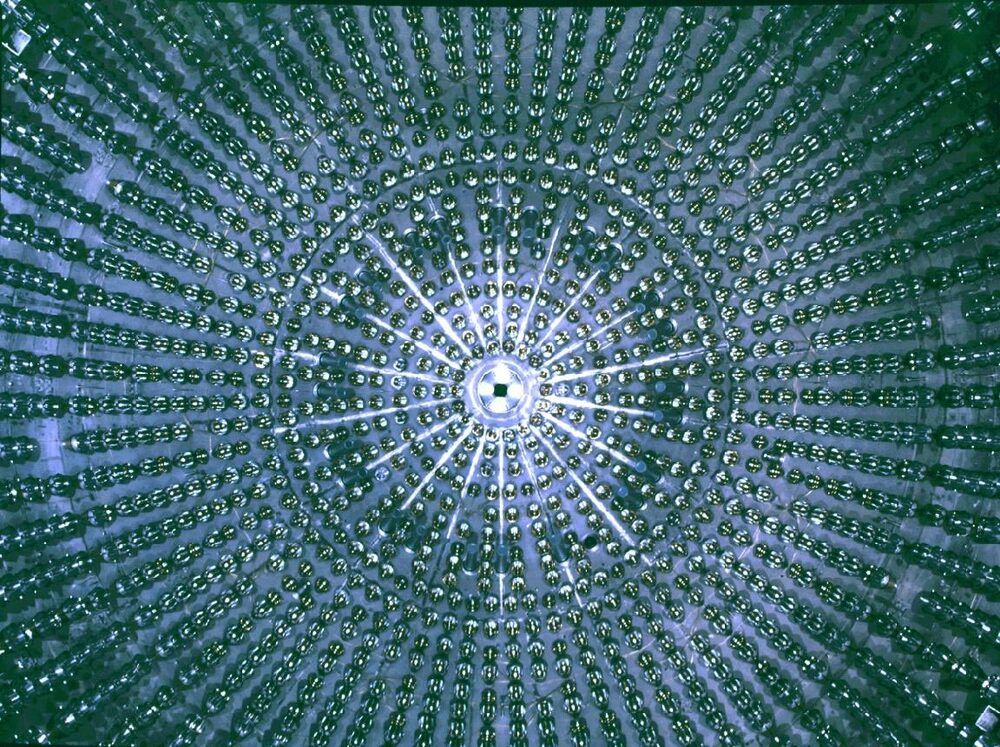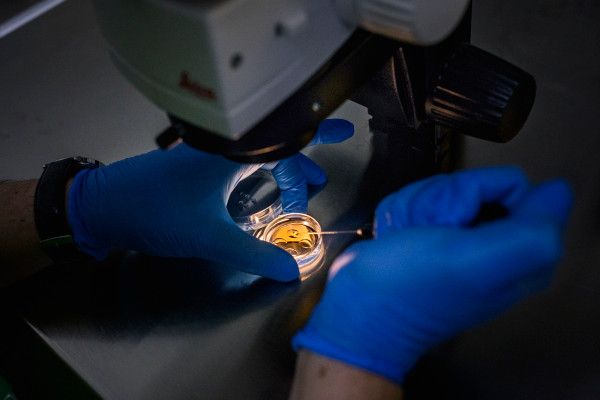The discovery “reinforces our confidence that we understand how stars work.”
New Life
Scientists had already found neutrinos given off when the Sun fuses hydrogen into helium, a hallmark process of lighter stars that gives off 99 percent of the sun’s energy. The new discovery not only extended the lifespan of the Borexino detector — which was scheduled to be decommissioned next month — but also revitalized scientists’ understanding of the cosmos.
“Confirmation of CNO burning in our sun, where it operates at only one percent, reinforces our confidence that we understand how stars work,” UMass Amherst physicist Andrea Pocar said in the release.









